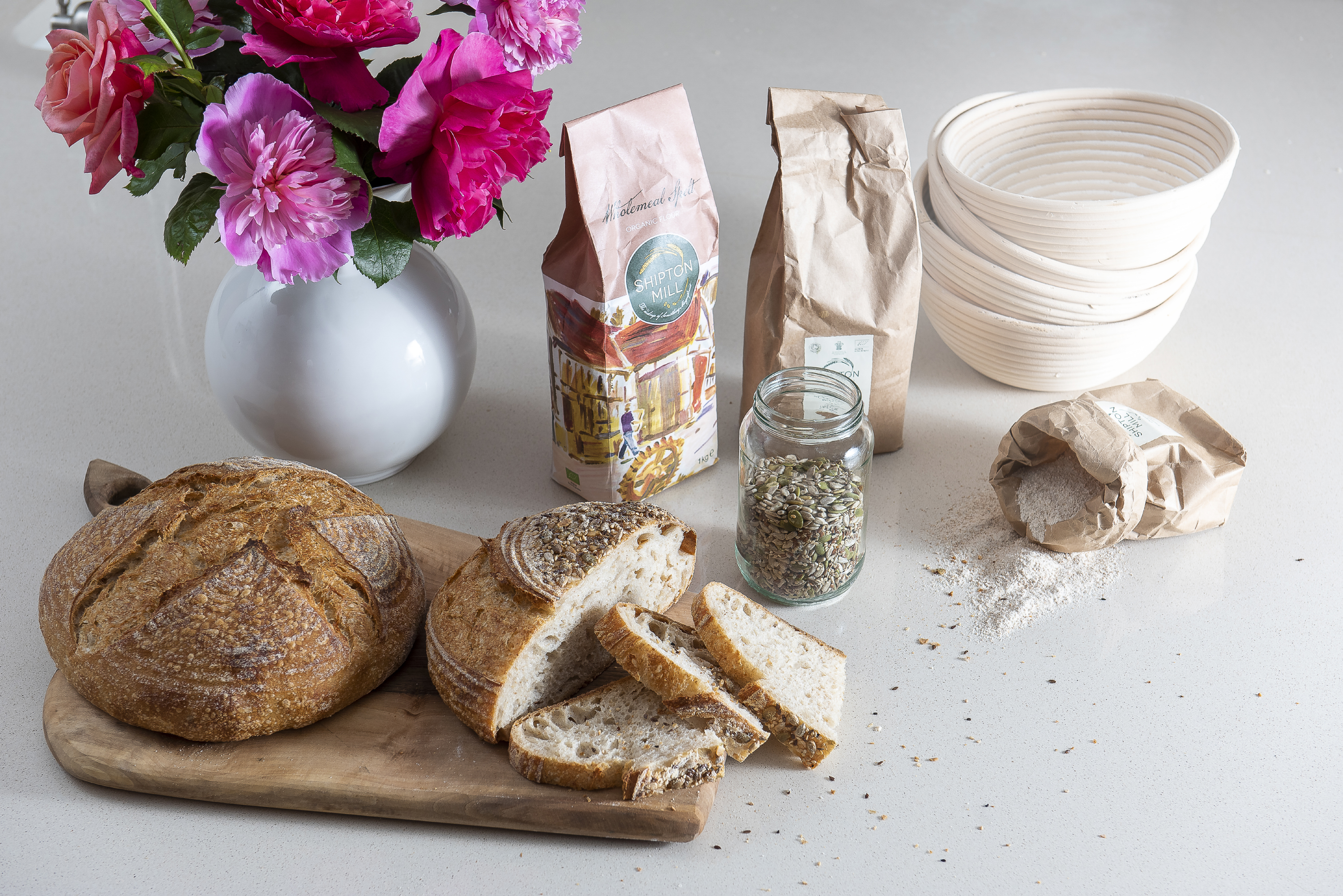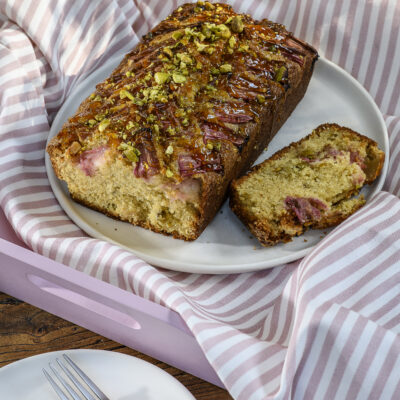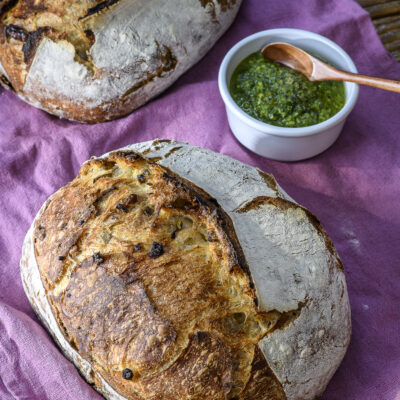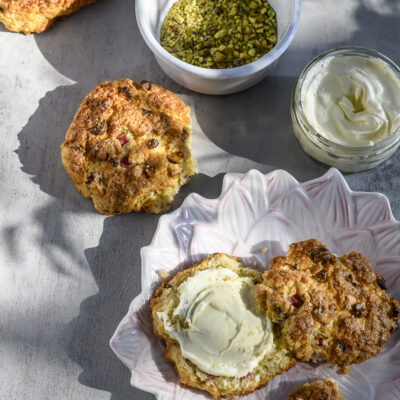Recipe One
Prep time:
Cooking time: 50 minutes
Total time:
Serves:
100g Active starter (you can make your own or buy online atjustsourdough.com)
g Water (filtered or mineral water), lukewarm
400g Organic unbleached strong white flour
100g Stoneground organic wholemeal flour (or 50g wholemeal, 50g spelt)
9g Fine sea salt, dissolved in 9g water
Rice flour, for dusting the banneton
Recipe Two
350g Water
100g Active starter
250g Unbleached strong white flour
100g Einkorn (an ancient grain)
50g Khorasan (also known as kamut – an ancient grain)
100g Organic Light Malthouse Flour from Shipton Mill
9g Fine sea salt, dissolved in 9g water
Recipe Three
g Water
180g Active white starter
300g Unbleached strong white flour
100g Wholemeal spelt flour
50g Wholemeal flour
50g Khorasan (also known as kamut – an ancient grain)
9g Fine sea salt, dissolved in 9g water
Tangy, flavourful and satisfyingly chewy, sourdough’s addictive appeal as an easier-to-digest alternative to regular bread means that it has amassed quite the fanbase.
Here, Sevenoaks-based sourdough expert Ilgin Beaton – who, as her company name Just Sourdough by Ilgin suggests, solely focuses on crafting unadulterated sourdough loaves – shares three recipes for you to try at home. You’ll need: Sourdough Starter There are a wide range of sourdough starter recipes online if you wish to make your own from scratch. This usually takes around 10-12 days. On Ilgin’s website, justsourdough.com you can buy ready-made Organic White Sourdough Starter and Organic Wholemeal Rye Starter. Alternatively, book onto one of Just Sourdough by Ilgin’s ‘Introduction to Sourdough Baking’ workshops and you’ll go home with a jar of Ilgin’s own starter to jumpstart the process and get baking straight away. Recipe One You will need: A Dutch Oven or baking stone, a bread scoring knife/blade, a round banneton or colander Recipes Two and Three are more complex with a mixture of flours, but the taste is divine and the loaves are even more wholesome as they contain ancient, unmodified grains. They use the same method as previously.
You may also like
Rhubarb & pistachio loaf cake
Serves 10Prep time: 10 minutesCooking time: 55 minutes A great way to make the most of rhubarb season – this easy loaf cake pairs beautifully with crushed pistachios and a rosewater syrup. Serve it with a dollop of crème fraîche...
Spring onion, walnut & sundried tomato sourdough
Serves 8-10Prep time: 4 hours (45 minutes hands on time), plus overnight proofing.If using instant yeast: 2 hoursBaking time: 4 minutes Bread is a great excuse to bring people together, and this enriched sourdough loaf is a wonderful accompaniment to...
Rhubarb & pistachio scones
Makes 8-10Prep time: 15 minutesBaking time: 25 minutes Scones are the perfect excuse to get everyone together around the table with a cup of tea. This recipe comes together quickly, resulting in an easy-to-handle dough that you can mould into...

















